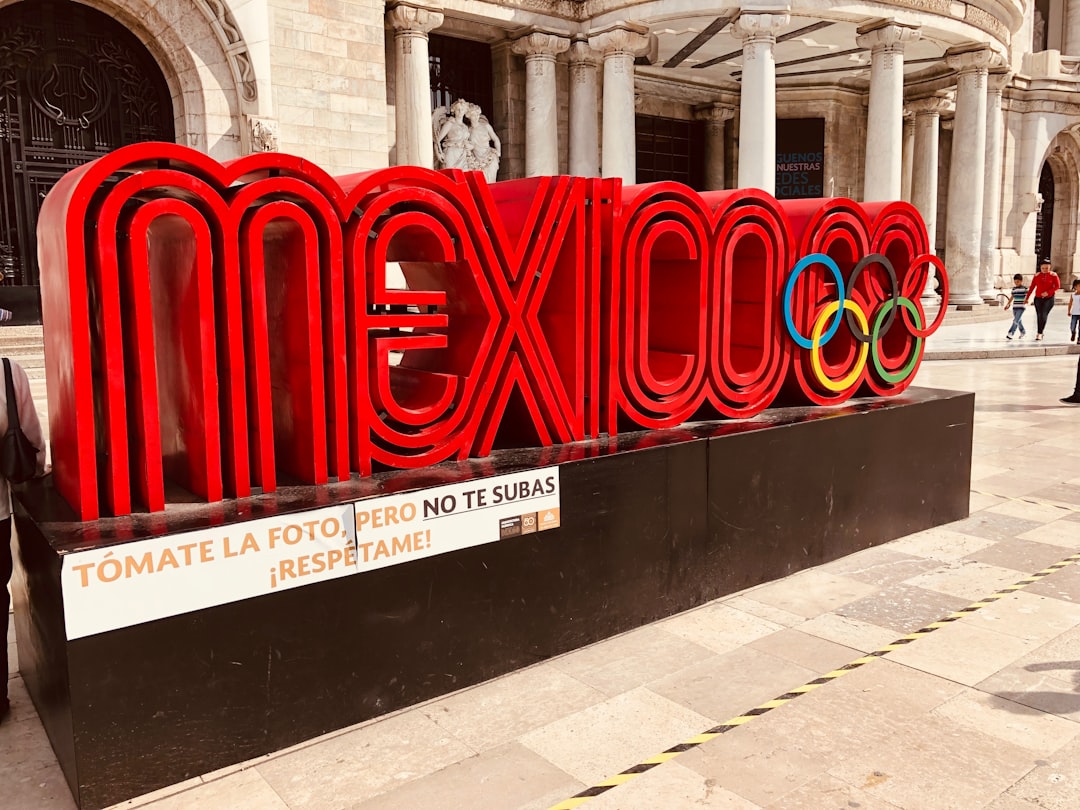The Nomad's Healthcare Dilemma: Escaping the 'Golden Handcuffs'
The perpetual traveler lifestyle is built on freedom, but national healthcare systems often act as invisible chains. For Canadians, the stipulation of not being out of their province for more than 183-212 days a year creates a significant hurdle. This forces many into a costly double life: maintaining a home base in Canada they barely use, just to keep their health card active. This is the opposite of the lean, efficient lifestyle that digital entrepreneurs strive for.
But a growing number of savvy expats are calling the bluff. They're doing the math and realizing that the cost of maintaining residency for 'free' healthcare is far more expensive than paying for superior care out-of-pocket abroad.
A Real-World Case Study: Trading Canadian OHIP for Mexican Freedom
Meet Jim and Kathy McLeod, Canadian expats who traded the predictable cycle of six months in Ontario and six months in Mexico for a life of permanent residence south of the border. Initially, they followed the typical snowbird path, relying on expensive travel insurance (like World Nomads) during their Mexico stints.
After two years of meticulously tracking their spending, they made a game-changing discovery: moving to Mexico full-time would save them approximately $10,000 CDN per year. The decision became a logical, financial no-brainer. They understood this meant giving up their OHIP coverage, a move that terrifies most of their peers, but one that unlocked significant financial and lifestyle benefits.
Navigating the Mexican Healthcare System in 2025
So, what does healthcare look like after you cut the cord? Mexico's system is a powerful combination of public and private options. The primary public system available to residents is the Instituto Nacional de Salud para el Bienestar (INSABI).
INSABI replaced the previous _Seguro Popular_ system and provides free access to public hospitals and clinics. The key to unlocking this for expats is legal residency.
To qualify for INSABI, you need:
To be physically in Mexico.
To not be covered by another social security institution like IMSS or ISSSTE.
A Mexican Voter ID, a birth certificate, or a CURP (Unique Population Registry Code).
For digital nomads and expats, the path to a CURP is through obtaining legal residency, either as a Residente Temporal or Residente Permanente. This is a critical step in your nomad setup, integrating you into the local system and unlocking benefits beyond just healthcare.
The Verdict on Quality & Speed: Why Mexico Wins
This is where the story gets compelling. Jim and Kathy's experience demonstrates that Mexican healthcare isn't just a budget alternative; it's often a superior product, especially concerning wait times.
The Eye-Opening Comparison:
In Canada: Jim had a progressive eye issue. The process was agonizingly slow. He waited 6 months to see a specialist, another 6 months for the first cataract surgery, and a further 6 months for the second surgery to address the actual problem. Total time: 1.5 years, during which his condition worsened.
In Mexico: Faced with the same issue, Jim saw a specialist within 2 days. He had both necessary eye surgeries completed within one week of the diagnosis. The total out-of-pocket cost was a reasonable $2,700 CDN.
Kathy experienced similar efficiency, with surgeries for a tumor and a rotator cuff tear happening within a week of diagnosis. For procedures covered by the public system (like Jim's prostate surgery under the old Seguro Popular), the wait was six weeks—still two weeks faster than a similar procedure he'd had in Ontario.
Jim's assessment is blunt and powerful: the healthcare they've received in Mexico is "as good as, or better than" what they had in Ontario.
The Hybrid Model: A Smart Nomad's Financial Strategy
The McLeods' success lies in a practical, hybrid strategy that any digital nomad can adopt:
Become a Resident: Secure legal residency to gain access to public options like INSABI.
Use the Public System: Leverage INSABI for covered treatments and basic care. Note that even with public coverage, there may be small out-of-pocket costs for things like bloodwork or medication ($220 CDN in Jim's case), which are still highly reasonable.
Self-Insure for Everything Else: They budget $2,000 CDN annually for out-of-pocket medical expenses. This self-insurance fund, fueled by their $10,000+ in annual savings from living in Mexico, easily covers private procedures, specialist visits, and medications.
Worried about a language barrier? They found that nearly all specialists spoke English, and they learned enough Spanish for daily interactions. For complex situations, affordable translators are widely available.































